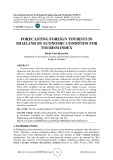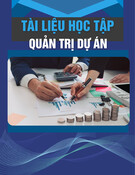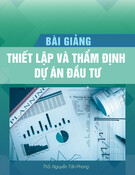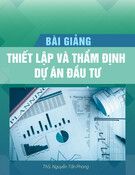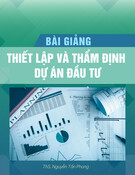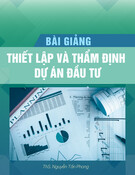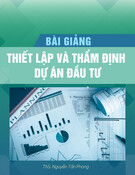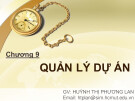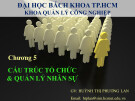
http://www.iaeme.com/IJMET/index.asp 144 editor@iaeme.com
International Journal of Mechanical Engineering and Technology (IJMET)
Volume 10, Issue 03, March 2019, pp. 144-152. Article ID: IJMET_10_03_014
Available online at http://www.iaeme.com/ijmet/issues.asp?JType=IJMET&VType=10&IType=3
ISSN Print: 0976-6340 and ISSN Online: 0976-6359
© IAEME Publication Scopus Indexed
FORECASTING FOREIGN TOURISTS IN
THAILAND BY ECONOMIC CONDITION FOR
TOURISM INDEX
Bundit Chaivichayachat
Department of Economics, Faculty of Economics, Kasetsart University
Bangkok, Thailand
ABSTRACT
Tourism sector in Thailand has been promoted as a key sector to create economic
expansion since the early of 2010s. The increasing in demand for tourism in Thailand
induces a significant final demand in tourism related sectors. In order to prepare for
the growing in tourism sector, the number of visitors should be forecasted. This paper
set up a new composite index called economic condition for tourism (ECT) index. This
index summarizes the information of the macroeconomic variables which effect the
demand for tourism in Thailand. The methods of composite index are implemented.
There three weighted average methods that were used: simple average, variance
decomposition and factor important. Then, the ECT index can be used as a leading
indicator for number of foreign tourists. The ECT index also act as the important
factor forecast the number of foreign tourists. Tourism price in Thailand, tourism
price in AEC and crime rate are the most important economic factor to determine the
ECT index and for the forecasting the number of foreign tourists. The results emphasis
that to support the tourism promoting, price stability policy and crime reducing policy
should be considered.
Key words: Tourists, Leading Indicator, Transfer Function,
Cite this Article: Bundit Chaivichayachat, Forecasting Foreign Tourists in Thailand
by Economic Condition for Tourism Index, International Journal of Mechanical
Engineering and Technology, 10(3), 2019, pp. 144-152.
http://www.iaeme.com/IJMET/issues.asp?JType=IJMET&VType=10&IType=3
1. INTRODUCTION
In Thailand has been promoted as a key sector to create economic expansion since the early of
2010s. Therefore, tourism promoting policies both in form of qualitative and quantitative
measures have been implemented. As a result, the demand of Thai‟s tourism increases
continuously. Not only the policy to promoting the tourism sector, the demand for Thai
Tourism also response to the macroeconomic variables including exchange rate, inflation,
tourist‟s income, securities and political condition (Kara et al., 2005; Alvarez, 2007; Allen





